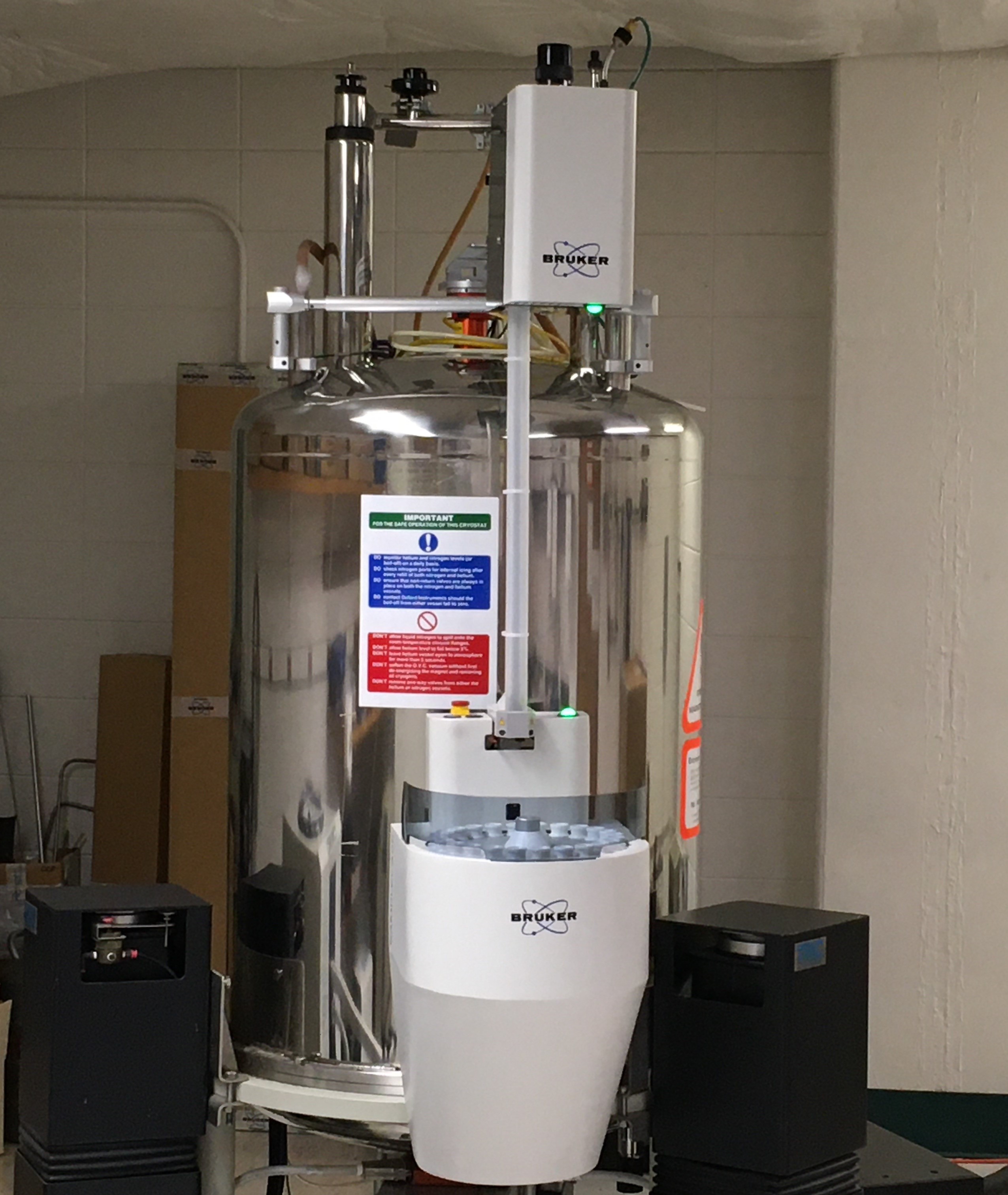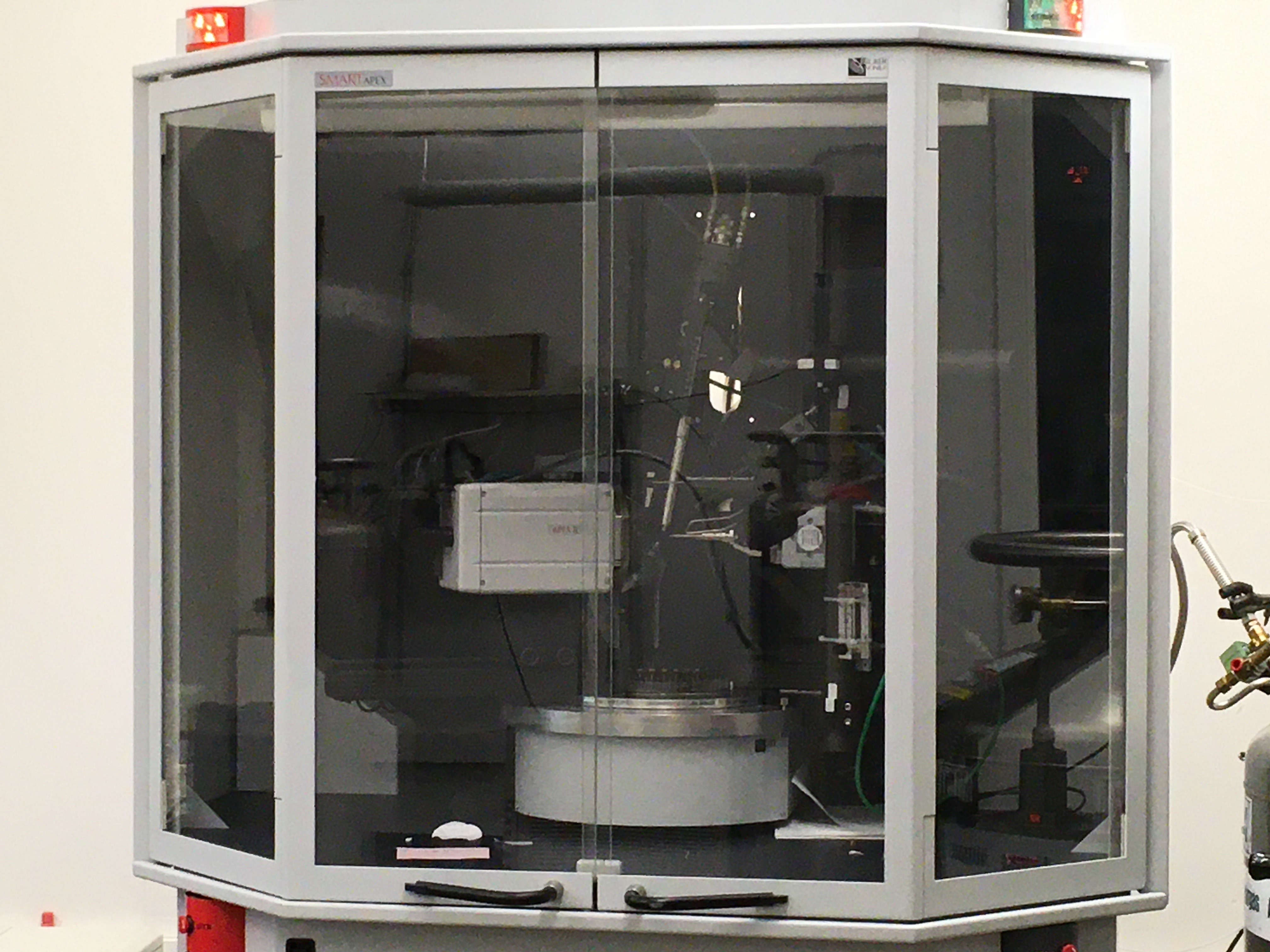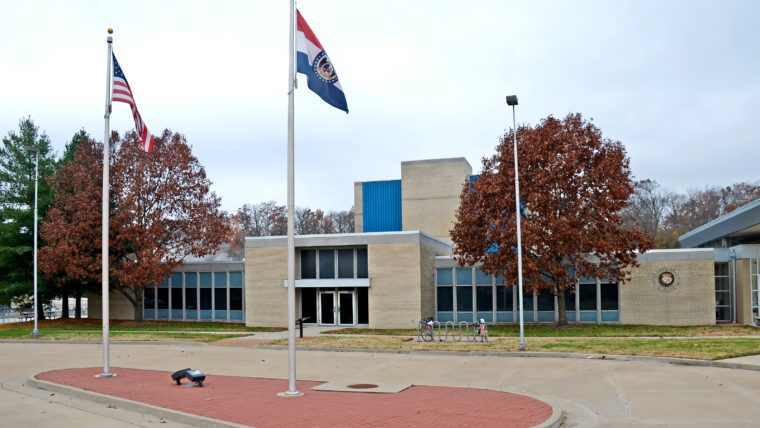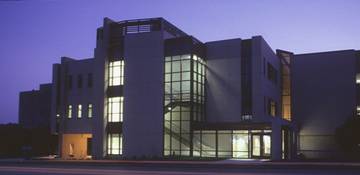Physical Facilities
The Chemistry department occupies two building on the east side of the MU campus.
The Chemistry Building, newer and larger of the two, was completed in 1972 and was extensively renovated during 1998-2000. It provides modern, well-equipped space for all manner of chemistry research. In addition to research and teaching laboratories (a teaching addition was opened in 1998), the four-story building has office space for faculty, staff and graduate students, as well as seminar rooms and the main chemical storeroom.
Schlundt Hall is the older building adjoining the Chemistry Building. This building provides state-of-the art classrooms, office space, chemistry computer laboratories, and the X-ray facility. This building underwent extensive renovation in 1998-1999.
Instrumentation
Modern chemistry research relies heavily on the use of sophisticated instruments. The department has an impressive number of major instruments that aid students and faculty in their work. Descriptions of major instrumentation follow. In addition, individual research groups maintain instrumentation such as gas and liquid chromatographs and spectrometers that are specifically associated with their research activities.

NMR Facility
NMR Facility
The department houses the campus Nuclear Magnetic Resonance Facility. This facility provides scientists within the campus with sophisticated NMR capabilities. Five multinuclear, Fourier-transform instruments are available, operating at 800, 600, 500, 400, and 300 MHz. The 800 MHz spectrometer is housed in the Schweitzer Hall Addition. The facility is staffed by two scientists who are available for assistance in user-training, selecting and setting up the proper experiments. The NMR Facility enhances the research efforts of many scientists by providing high-resolution NMR data for structural characterization and dynamic study of molecules containing nearly any NMR active nuclei.

X-Ray Diffraction Facility
X-Ray Diffraction Facility
The Elmer O. Schlemper X-ray Diffraction Center has facilities for powder diffraction and for single crystal studies of small molecule samples. Powder diffraction data is collected on a Scintag X2 diffractometer with a Peltier-cooled energy sensitive detector. The small molecule single crystal instruments are a Bruker SMART CCD system, upgraded to an Apex II detector, with Mo radiation, and a Bruker Prospector diffractometer with Apex II detector and Cu microfocus tube. Both are served by Oxford Cryostream crystal cooling devices.
For macromolecular X-Ray Diffraction, the Center has a Rigaku RU/H3R rotating anode generator with R-Axis IV++ image plate detector, Osmic confocal optical system, and X-stream low temperature device. The facility has a PhD-level staff scientist to assisted users.
Synchrotron Beamline Access for Protein Crystallography
Researchers in the Chemistry Department enjoy access to synchrotron beamline 4.2.2 of the Advanced Light Source at Lawrence Berkeley National Laboratory through membership in the Molecular Biology Consortium. Beamline 4.2.2 is a state-of-the-art tunable superbend beamline that is used mainly for high-resolution diffraction studies of protein crystals.

Nuclear Research Reactor (MURR)
Nuclear Research Reactor (MURR)
The University's research reactor in Research Park, 1 mile south of campus, is the highest powered, highest flux university research reactor in the United States. Known throughout the world by its call letters MURR, the facility provides intense sources of neutron, gamma and neutrino radiation for research and applications. Scientists from more than two dozen departments conduct research at the reactor. The facility also is available to researchers from other universities and from government and industry.
The central research tool is a 10-megawatt flux trap reactor. The neutron irradiation flux reaches 6 x 1014 n/cm2s, and the neutron beams have source fluxes of 1.2 x 1014 n/cm2s. Other neutron irradiation facilities and a hot cell also are available. Research tools at the facility are complemented by 26,000 square feet of laboratory space, designed for radionuclide and ionizing radiation work.
The department maintains a radiochemical research laboratory at the reactor and shares neutron diffraction equipment with other departments. High resolution gamma ray spectrometers are available for activation analysis and short-lived radioisotopes are produced for chemical, biological and medical studies.

Mass Spectrometry Facility
Mass Spectrometry Facility
The Mass Spectrometry Facility provides structural elucidation of individual compounds and complex mixtures by a variety of mass spectrometry methods for the University of Missouri and outside users. A Thermo/Finnigan LCQ Deca XP ion trap is available and is equipped with electrospray (ESI) and atmospheric pressure chemical ionization (APCI) in positive and negative ion modes. Samples can be injected into the ion source directly or following separation using high performance liquid chromatography. Both qualitative and quantitative analyses are available by using full scan, single ion or selected reaction monitoring. A variety of tandem mass spectrometry experiments can be performed with ions produced by ESI or APCI methods.
Campus Research Facilities
The University of Missouri provides many effective and efficient research facilities that are available to Chemistry faculty, staff and students.
